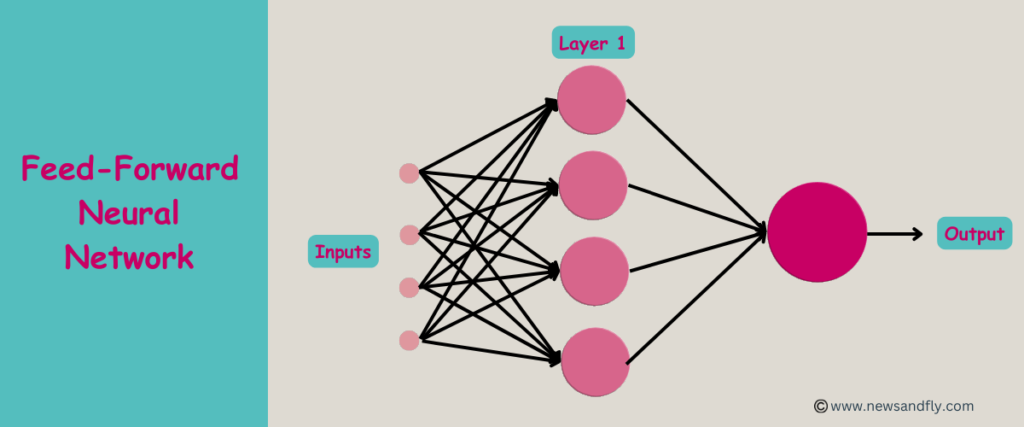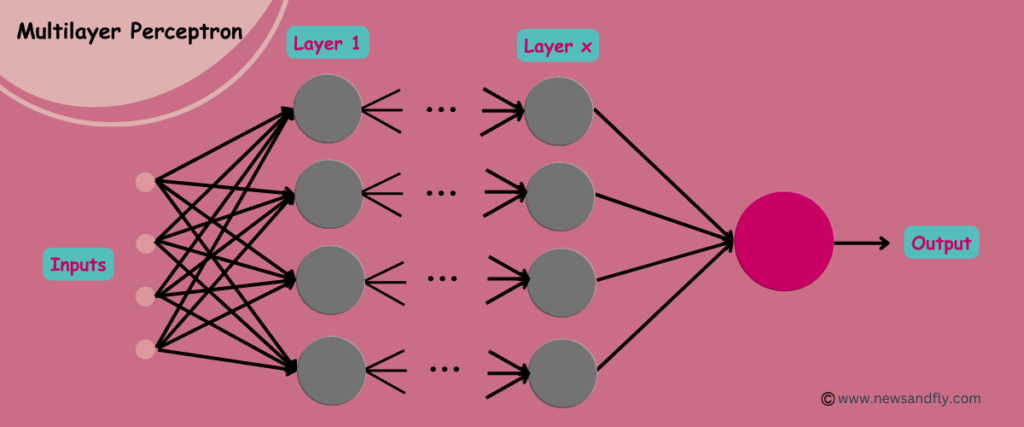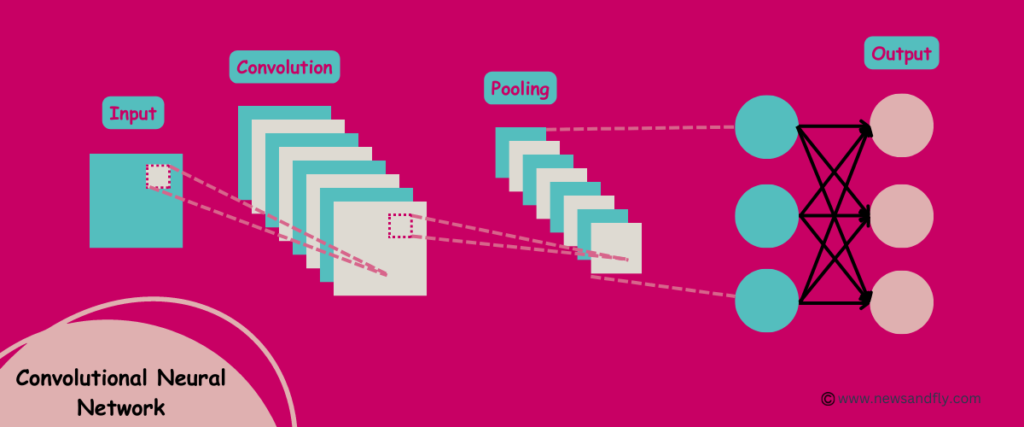The rapid rise in ChatGPT’s popularity can be attributed to its remarkable ability to generate human-like responses. To comprehend the underlying concept behind this capability, it is intriguing to explore the role of neural networks in designing machine learning algorithms that can communicate with us in natural language. Depending on the different types of neural networks involved in designing a generative model, the training structure varies.
Neural networks serve as the foundation for training generative AI tools. These come in several standard types, each with its own unique concepts. Enabling AI models to understand and generate coherent and contextually relevant responses, neural networks work at the core.
In this article, we will learn about neural networks, the role they play in training the AI models and their various types. So, let’s begin!
What Are Neural Networks?

Whether its pattern recognition, computational learning or content production, the role of neural networks is hardwired within AI solutions.
Simply put, neural networks teach machines to process data like humans. The interconnected nodes, arranged in layers, resemble the structure of a human brain, hence the name.
Neural networks train computers to learn through adaptive methods. In other words, these can be refined for greater accuracy through multiple iterations of data processing. Thus, ensuring that machines keep getting better of themselves by learning through their mistakes.
This makes it possible for neural networks to handle complicated problems with ease.
The different types of neural networks play their role in specific data patterns, assisting with nuances of business use cases. This is why AI tools have been useful in multiple industries.
Deep Neural Networks Concepts
A DNN (deep neural network) is similar to ANN but with multiple layers hidden between the input and output layers. Thus, allowing users to use DNNs for modeling complex non-linear relationships.
Inspired by neurobiology, DNNs process multiple input data to produce a single output data real world problem solving. To reduce the complexity of multiple inputs, the DNN categorizes its input patterns. The outputs from the previous layer become the input for the subsequent layer. And constantly cut down the input length to produce one final output.
Types of Neural Networks
Now that we have got an impression of how neural networks work, let’s jump to the different types of neural networks.
Feed-Forward Neural Network

Being the basic one, it is mostly present in all types of neural networks. It moves only forward until it reaches the desired output. Thus, named as Feed-Forward Neural Network.
Because of only forward leaps, the network lacks feedback sharing with the previous nodes. This restricts the Feed-Forward Neural Network to inculcate self-learning mechanism.
Img 1
Refer to the above image to understand the working of this neural network. The inputs move forward with four nodes in the first layer. The layer has its own distinct function to process these inputs. Finally, reaching the desired output as one single response.
These types of neural networks are useful in simple classifications, computer vision, and face recognition.
Just remember, incapability to go backwards, these networks cannot be used for deep learning.
Multilayer Perceptron

Contrary to Feed-Forward Neural Network, a Multilayer Perceptron hosts complex neural nets. Thus, pushing the input data through multiple layers of artificial neurons. Each node in a layer is connected to all the nodes in the subsequent layer. This makes this network fully connected.
Unlike the previous one on the list, the data can travel in both directions – forward and backwards. Plus, there are various hidden layers in between, each with its own non-linear function to process inputs.
This neural network is trained to learn and improve overtime by changing the connection’s weights each time the input is processed by calculating the error amount. One of the most significant applications of Multilayer Perceptron is in deep learning because of its highly interconnected and dense layers.
IMG
Depending on the number of hidden layers, these could be slow in process. Also, these aren’t simple to design or maintain.
Convolutional Neural Network

Next is the Convolutional Neural Network, an advanced version of Multilayer Perceptron. Instead of the standard two-dimensional structure, the network hosts a three-dimensional neuron arrangement.
Starting with one or more convolutional layers, the inputs go through a filtration mechanism before activation. Repetitive filtering helps in determining the strength and location of a detected feature.
This capability makes these networks suitable for NLP (natural language processing), image processing, machine translation and similar applications.
IMG
Like other networks, these also have a few limitations common to Multilayer Perceptron. Simply put, Convolutional Neural Networks have complex design and are tedious to maintain. Plus, the processing speed is inversely proportional to the number of hidden nodes.
Recurrent Neural Network
A recurrent neural network (RNN) uses sequential data feeding to resolve time-series related issues pertaining to sequential input data.
To do so, the network accepts inputs with current data along with the previous samples. This forms a connection between nodes to form a directed graph along a temporal sequence. In addition, the neurons forming Recurrent Neural Networks have their own internal memory. This allows the nodes/neurons to save the calculation from the previous samples.
The structure design of the network contributes to its self learning capabilities. That said, the neural network keeps learning after wrong predictions to become stronger and accurate.
These features of the Recurrent Neural Networks make them most suitable for applications such as text-to-speech conversion.
Modular Neural Network
As the name suggests, modular neural networks consist of multiple networks, functioning independently and performing various sub-tasks. In other words, each network works independently to predict output without sharing any signals or interacting while computing.
As each network works alone, there is no dependency on other networks. This significantly enhances the computation speed.
All these benefits make Modular Neural Networks highly efficient, and robust.
Conclusion
The above list contains the most standard and popular types of neural networks. While these may seem confusing at first, they all aim to complete one task – training ML algorithms to function like the human brain when responding to inputs. Thus, form the base of generative AI tools available today.
